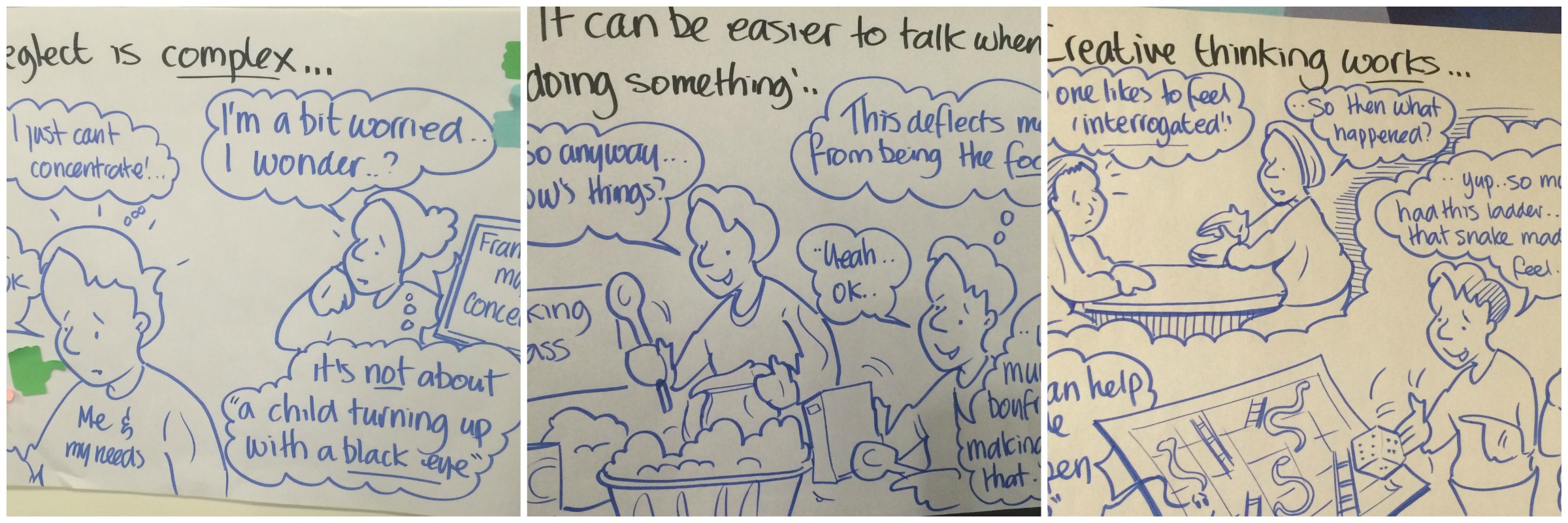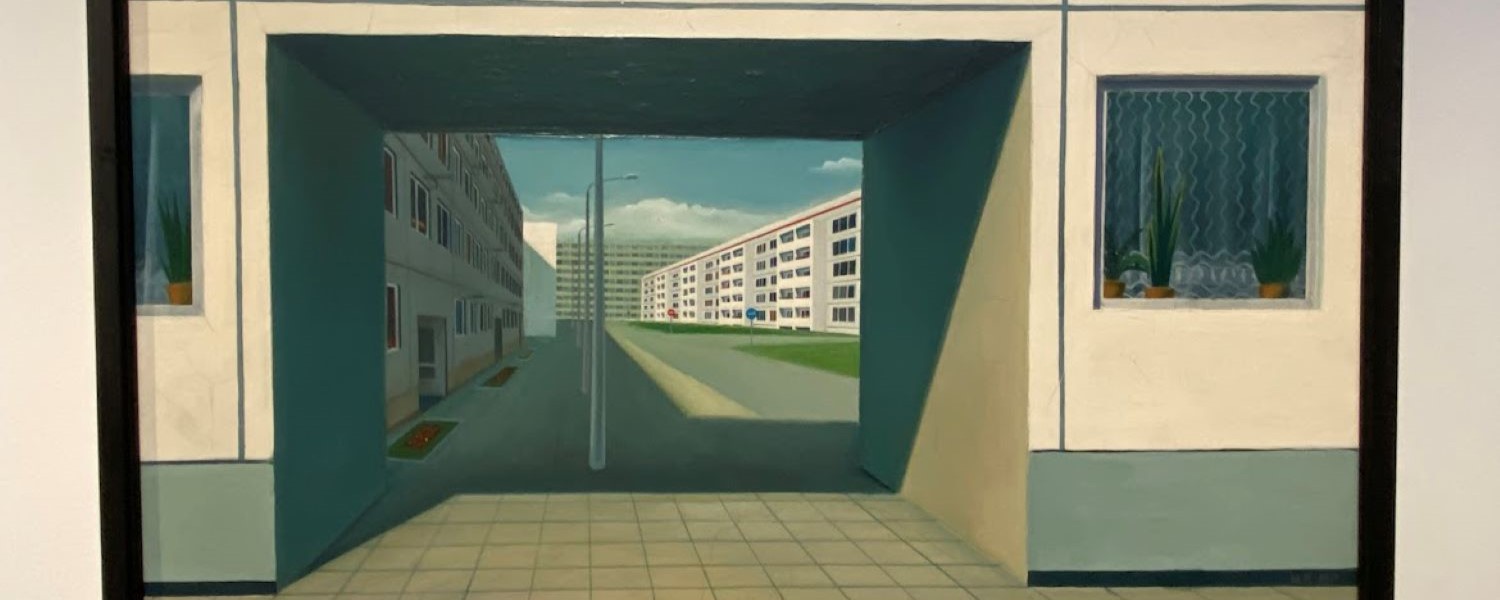By Rebecca Jackson
‘Neglect is a complex issue but art can help, so let it’. That was one of the key messages to come out of a seminar session held at Strathclyde University last week.
The seminar is one of a series of four, looking at how arts-based techniques can be used in research and practice when interacting with neglected children. The session also considered how the arts can be used as a tool to promote resilience among vulnerable and neglected children by building self esteem, a sense of self worth, providing an outlet for emotion and supporting self efficacy.
The interactive seminar drew on a range of topics and sources. Academics from the Universities of Stirling and Dundee led the discussions and delegates included practitioners from psychology, social work, education and social research.
Lack of value placed on the arts
Some general themes to emerge from discussions included:
- The lack of value placed on the arts as a form of assessment and interaction with children in a professional setting.
- The over-emphasis on outcomes and funding which means that more ‘fun’ resources and methods are overlooked for more cost or time efficient ones, rather than the ones which work best for each individual child.
- Children quite easily and quite quickly, between the ages of 10-14 go from being ‘neglected, vulnerable children’ in the eyes of society to ‘problem or troublesome children’.
- The need to clarify what is meant by successful outcomes and the sense that outcomes have to be quantifiable, with one participant commenting:
“I am required to produce reports and look for evidence in facts and figures, when in reality, getting a child who has suffered neglect to feel self-worth, or to say they have had fun could and should be a major indicator of the success of a scheme. That is difficult to evidence to other people who don’t know that child.”
Benefits of arts-based interventions
Some of the more art-specific observations from those who use it in their practice highlighted:
- That removing children from feeling as though they are the centre of attention can be helpful in engaging them – baking, building things from Lego and drawing or colouring can help with this:
“One-to-one interviews can be very intimidating for children, often they can cause them to close up more as they feel there is pressure and judgement from adults. Blending art activities with standard practice creates a better environment for a child and addresses some of that power imbalance which they are often acutely aware of.”
- Distancing the child from their story, through analogies, creative writing or storytelling can also help them to open up:
“I will quite often say, if you had a friend who…. or if there was a character in a story who…. how do you think they would feel? what would you tell them to do? who could they talk to about it? Just giving that little bit of hypothetical distance can really help a child to open up. The story creates an extra level of safety for them”
- Resources are a big barrier:
“I work in an office – that’s where I hold my meetings – where can I find a space to bake a cake with a child?”
- Making full use of the community and its resources – and having the guts to ask for something if you want it:
“You will be surprised and amazed by people’s generosity if you just ask”
- Relationships will always be key, and arts-based practice can help encourage and shorten the time it takes for practitioners to build these relationships.
“Quite often it is one key person, who engages with that child, who the child trusts and feels safe and comfortable around, that can make the biggest difference to that child’s progress”
Future questions
This seminar session was designed as a way to introduce arts based practices in cases of child neglect and vulnerable children and to identify some of the key strategic barriers to its use in practice in Scotland (and the UK more widely). In many ways it raised more questions than it answered.
The subsequent sessions, to be held in early 2016 at the University of Strathclyde and the University of Stirling, will use these discussions to address how academics, practitioners and policy-makers can create a strong collective voice to encourage training in, and promotion of, arts-based practice in Scotland.
Seminar 1: Research methodologies and arts based approaches to resilience and neglect (26th October 2015)
Who was speaking?
- Professor Brigid Daniel, School of Applied Social Studies, University of Stirling
- Cheryl Burgess, Research Fellow, University of Stirling
- Jane Scott, Business Development, WithScotland
- Dr Susan Elsley, Independent Researcher and associate of CRFR at University of Edinburgh
- Professor Divya Jindal-Snape, Education, Inclusion and Life Transitions, University of Dundee
Share
Related Posts
By Donna Gardiner While free school meals (FSM) have been available in England on a means-tested basis since 1944, recent years have seen a renewed focus upon the potential benefits of providing free school meals to all school-aged children. Currently, ....
Today sees the start of Community Garden Week 2023. Across the UK, communities will be celebrating the many and varied types of community gardens, from children’s and neighbourhood gardens to therapy gardens and allotments. The benefits of community gardens are ....
By Hollie Wilson At the start of 2020, an independent review was published setting out what needed to be done to bring about changes to the care system for children and young people in Scotland. At the heart of the ....



